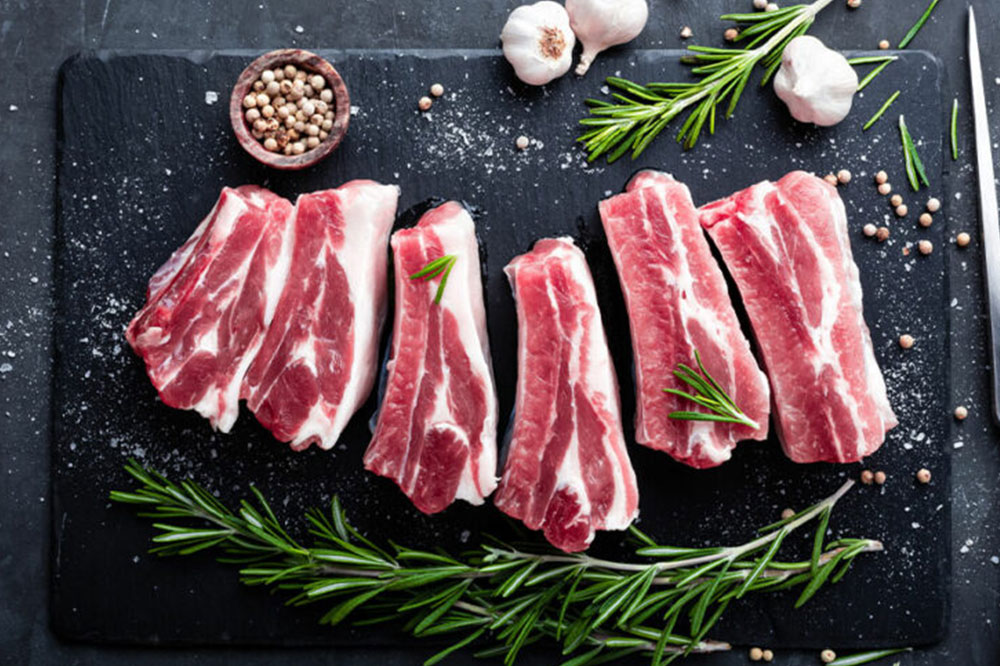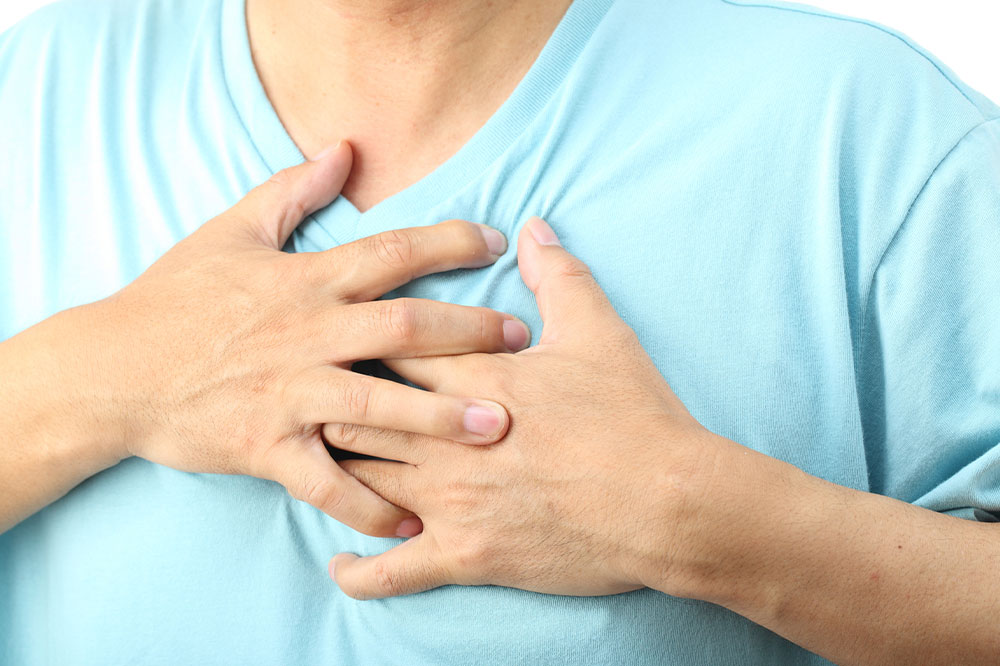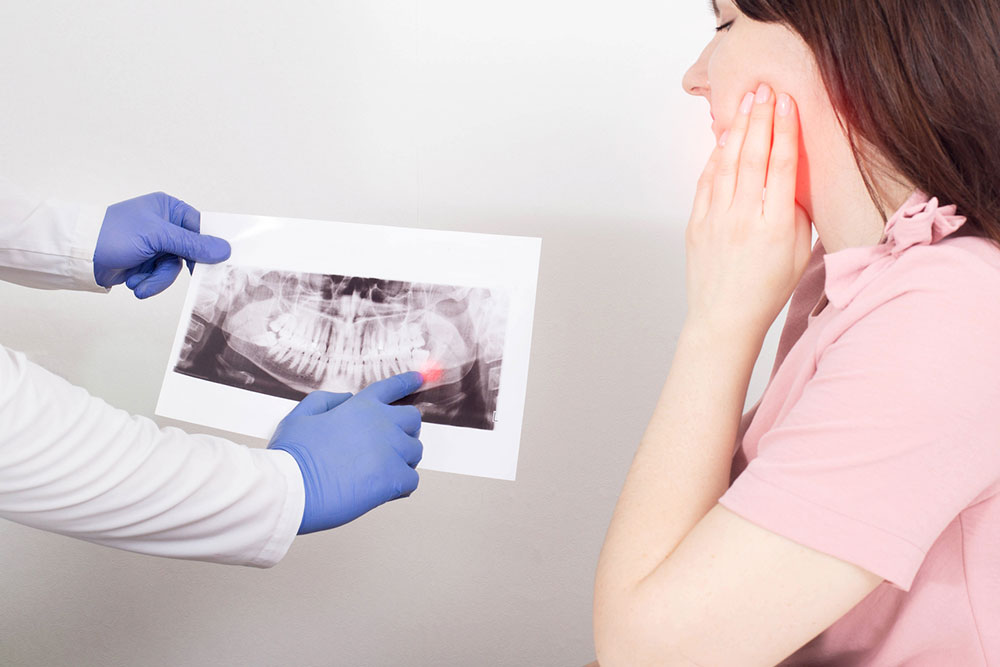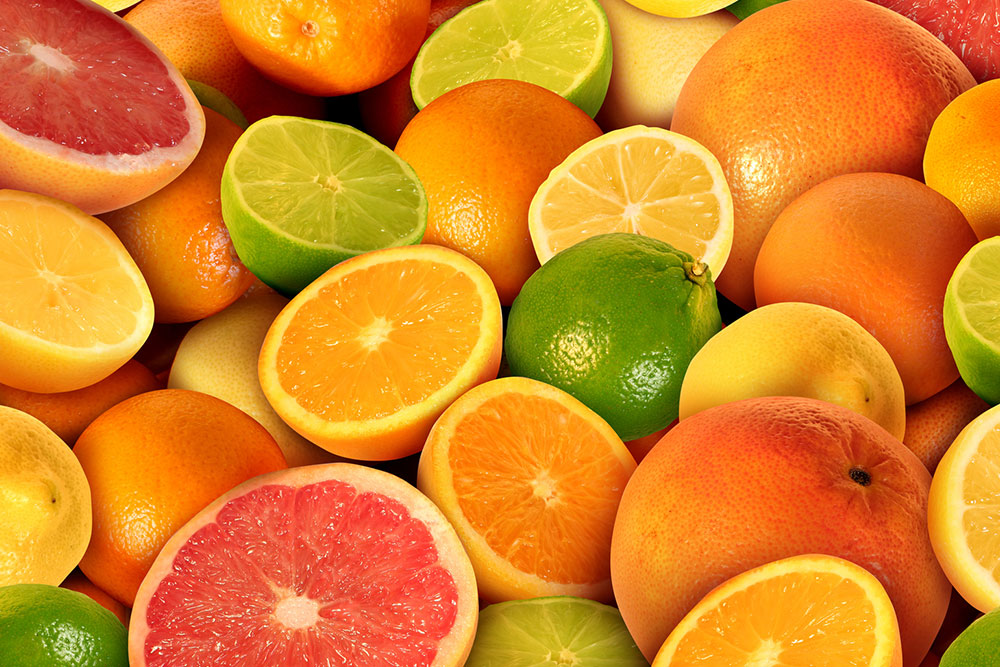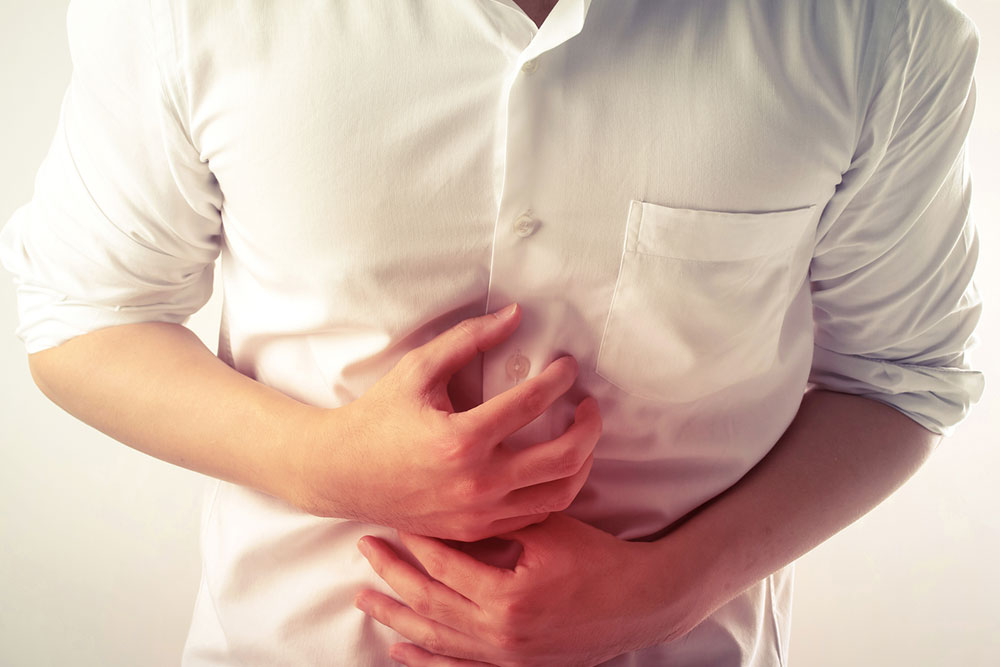8 foods to avoid with multiple myeloma
Multiple myeloma (MM) is a plasma or white blood cell cancer. The primary function of plasma cells is to develop antibodies to help fight infections. However, in the case of MM, healthy cells convert to abnormal ones, causing the production of antibodies called M proteins and indicating MM’s onset. A healthy lifestyle and curated meal plan are essential while undergoing treatment. Here’s a list of some foods patients with multiple myeloma must avoid: Raw meat Raw meat contains harmful bacteria, such as E. coli, Salmonella, and Listeria, which can cause food poisoning and weaken the immune system. Such foods can worsen MM symptoms, as patients with this condition already suffer from low immunity. Unpasteurized milk Like raw meat, unpasteurized or raw milk also contains harmful bacteria like Campylobacter, E. Coli, Listeria, and Brucella. In addition, it can pose serious health risks to all individuals, particularly those already suffering from debilitating health conditions like MM. Deep-fried foods Fried foods contain high levels of trans and saturated fats, increasing one’s risk for lifestyle diseases like cholesterol and cardiovascular conditions. Since individuals with MM do not have healthy antibodies, they are more susceptible to such health risks than others. Thus, it is advisable for patients with MM to avoid deep-fried foods, replacing them with sauteed, steamed, or boiled alternatives.
Read More 